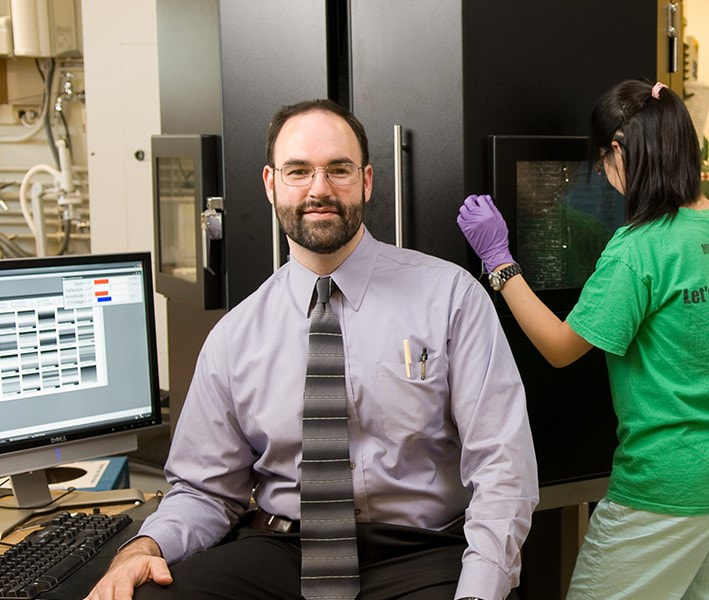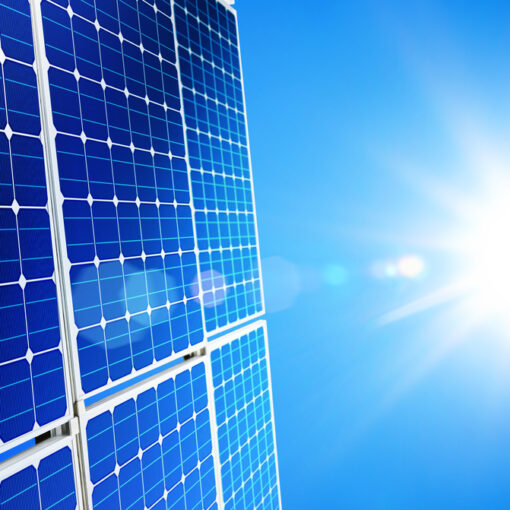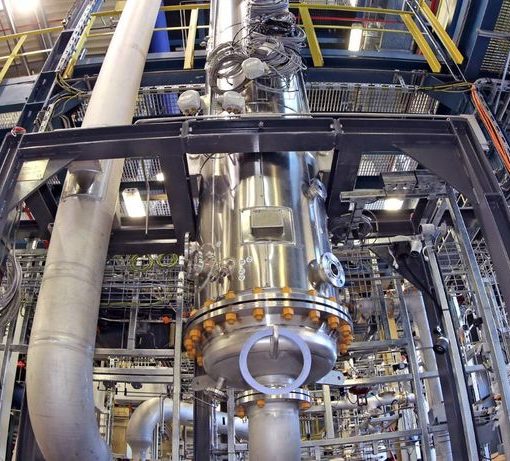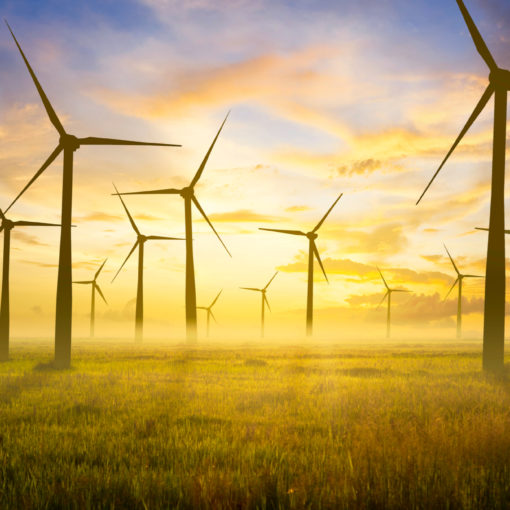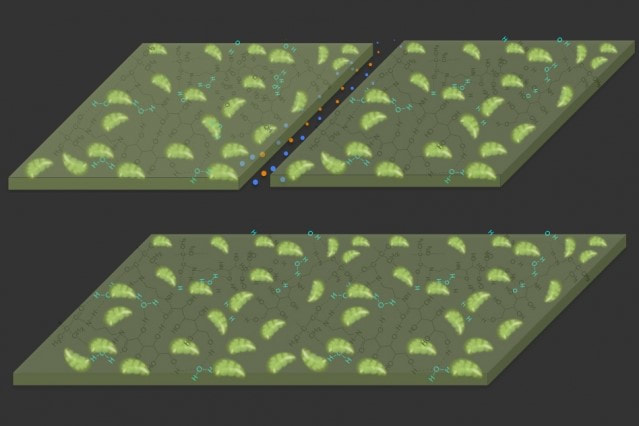
10/16/2018
MIT chemical engineers have designed a material that uses carbon dioxide from the air and sunlight to grow, strengthen, and repair itself.
Carbon-Fixing Material Self Heals
A new polymer invented by chemical engineers at MIT and University of California at Riverside converts greenhouse gas into a carbon-based material that reinforces itself and may someday be used as construction or repair material or for protective coatings.
The material starts as a synthetic gel-like substance that performs a chemical process similar to how plants incorporate carbon dioxide from the air into their growing tissues. The material hardens and solidifies with additional exposure to air and sunlight. “This is a completely new concept in materials science,” says Professor Michael Strano, the Carbon C. Dubbs Professor of Chemical Engineering in an MIT news release. “What we call carbon-fixing materials don’t exist yet today” outside of the biological realm, he says, describing materials that can transform carbon dioxide in the ambient air into a solid, stable form, using the power of sunlight. The team’s initial proof-of-concept experiments used chloroplasts, the light-harnessing components within plant cells, which it obtained from spinach leaves. The chloroplasts are not alive but catalyze the reaction of carbon dioxide to glucose. Isolated chloroplasts are unstable, meaning that they tend to stop functioning after a few hours when removed from the plant. However, Strano and his co-workers demonstrate methods to increase the catalytic lifetime of extracted chloroplasts. This is detailed in their paper published in the October issue of Advanced Materials. “In ongoing and future work, the chloroplast is being replaced by catalysts that are nonbiological in origin,” stated researcher and Postdoc Seonyeong Kwak in an interview with Innov8 Updates. “This allows us to design a variety of polymers including polyesters and polycarbonates.” The gel matrix used by the researchers was composed of: a polymer made from aminopropyl methacrylamide (APMA) and glucose, an enzyme called glucose oxidase, and the chloroplasts. The compositon became stronger as it incorporated the carbon. One key advantage of such material is it would be self-repairing upon exposure to sunlight or to some indoor lighting, Strano said in the news release. If the surface is scratched or cracked, the affected area grows to fill in the gaps and repair the damage, without requiring any external action. Self-healing of the materials to re-strengthen them can begin as soon as there is a crack or fracture and can be completed within 18 hours, according to Dr. Kwak. Even if only the top coating is scratched without subsurface damage, the underlying self-healing material reacts to produce excess material that grows from the scratch. “Glucose exported from chloroplasts is accumulated in the gel matrix, and the top part of the material gets light energy for the chemical reaction. Therefore, surface cracks can trigger self-healing reaction,” Dr. Kwak said. The material is not yet strong enough to be used as a building material but could function as self-healing coatings and crack filling, according to the news release. “Materials science has never produced anything like this,” Strano said in the news release. “These materials mimic some aspects of something living, even though it’s not reproducing.” Because the finding opens up a wide array of possible follow-up research, the U.S. Department of Energy is sponsoring a new program directed by Strano to develop it further. “Our work shows that carbon dioxide need not be purely a burden and a cost,” Strano continued. “It is also an opportunity in this respect. There’s carbon everywhere. We build the world with carbon. Humans are made of carbon. Making a material that can access the abundant carbon all around us is a significant opportunity for materials science. In this way, our work is about making materials that are not just carbon neutral, but carbon negative.” Works Consulted |
|

